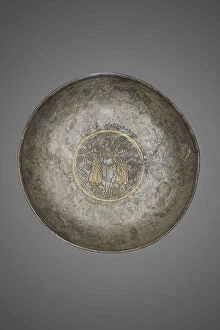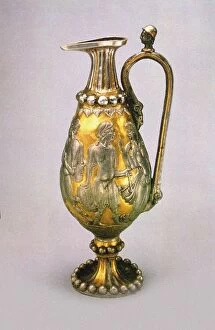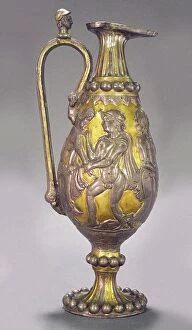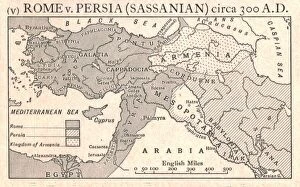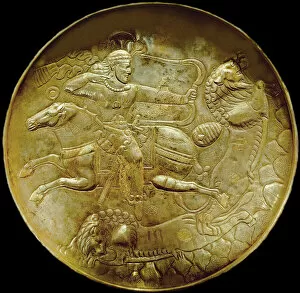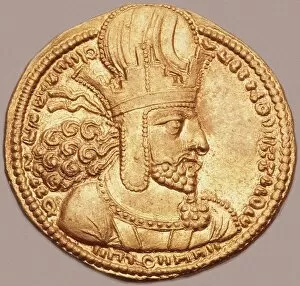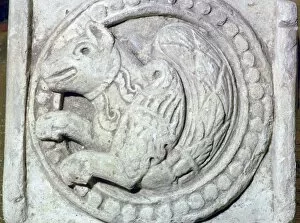Sassanid Empire Collection
The Sassanid Empire, also known as the Neo-Persian Empire, was a powerful and influential dynasty that ruled over Persia from 224 to 651 AD
For sale as Licensed Images
Choose your image, Select your licence and Download the media
The Sassanid Empire, also known as the Neo-Persian Empire, was a powerful and influential dynasty that ruled over Persia from 224 to 651 AD. This caption explores various artifacts and artworks that provide glimpses into the rich history of this empire. One such artifact is a mesmerizing window of the Church of the Holy Sepulchre in Jerusalem, dating back to 1890. Its intricate design reflects the architectural prowess of the Sassanids, who were renowned for their grand structures. Another intriguing item is a magic bowl adorned with an incantation text in Judeo-Aramaic and an image of Lilith, a demon from ancient folklore. This relic from the 5th-6th century offers insights into religious practices during Sassanian times. A coin portraying King Chosroes II showcases his regal countenance and symbolizes his reign between 590-628 AD. It serves as evidence of Sassanian economic prosperity and political stability during this period. A silk fragment displaying Senmurv, a mythical bird-like creature associated with royalty and divinity, exemplifies Sassanian textile artistry. The delicate craftsmanship on this fabric speaks volumes about their mastery in weaving techniques. An intricately carved relief outside grottoes depicts King Ardeshir II's investiture (379-383 AD). This artwork provides visual documentation of royal ceremonies conducted by Sassanian rulers. A plate featuring an archer hunting a lion represents one aspect of Sassanian culture - their love for hunting sportsmanship. Created by talented artisans under the patronage of Sasanian rulers, it showcases their appreciation for both artistic expression and martial prowess. Intriguingly titled "Rome v. Persia, " a photograph captured around 300 AD portrays historical tensions between these two mighty empires. It highlights how conflicts shaped geopolitics during that era. A gold dinar showcasing Bust of Shapur I the Great exemplifies Sassanian numismatic art.





